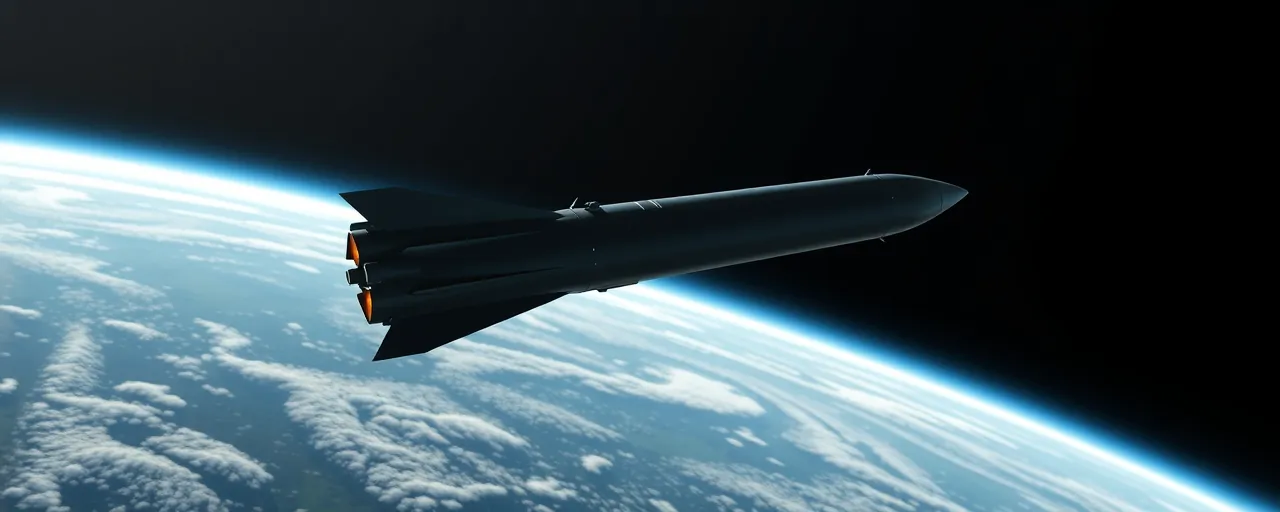A Race Against New Threats
Missiles that outrun sound and dodge defenses are no longer science fiction. They’re a reality, and the United States is scrambling to keep up. President Trump has tapped Space Force General Michael Guetlein to spearhead the Golden Dome, a massive missile defense system meant to protect the nation from these cutting-edge weapons. With a potential cost of $831 billion over 20 years, the project blends ground-based radars, interceptors, and space-based technology into a high-stakes shield.
Hypersonic missiles, which zip along at speeds above Mach 5, pose a unique challenge. China and Russia have already deployed such systems, and nations like North Korea and Iran are working to catch up. The rapid spread of this technology has pushed missile defense to the top of America’s security agenda, with the Golden Dome as its centerpiece.
The project’s scale prompts tough questions. Can it actually work? Will its price tag crowd out other priorities? And might it stir up global tensions? These issues anchor a broader conversation about how to stay safe in a world of fast-evolving threats.
Inside the Golden Dome Plan
Launched by executive order in January 2025, the Golden Dome builds on years of U.S. efforts to counter missiles. It combines existing tools, like ground-based sensors and interceptors, with advanced satellites designed to spot and stop hypersonic threats early in their flight. The aim is a seamless system that guards against attacks before they reach American soil.
General Guetlein, an expert in space and missile defense, will lead the charge. He’s warned about China’s growing arsenal, which could include thousands of hypersonic weapons by 2035. Under his guidance, the project has secured $25 billion in initial funding, with plans to deploy prototype sensors by 2029.
Space plays a starring role. Satellites, like those in the Space Development Agency’s tracking network, will provide constant surveillance, relaying data to ground stations and interceptors. This layered setup is designed to tackle the unpredictable paths of hypersonic missiles, which are tougher to track than older ballistic ones.
Balancing Security and Sacrifice
The Golden Dome’s cost, estimated between $500 billion and $831 billion over two decades, is a lightning rod. Advocates say it’s essential to counter the spread of hypersonic weapons and keep America ahead technologically. They point to a $150 billion defense supplement, including $25 billion for the project, as proof of its urgency.
Skeptics see it differently. Some lawmakers argue the money could fund healthcare, education, or infrastructure instead. Technical hurdles also loom—space-based interceptors are still experimental, and tying together complex systems could hit snags. With defense spending projected to near $965 billion by 2039, questions about affordability linger.
The global picture adds another layer. While some view the Golden Dome as a shield, others warn it could spark an arms race, pushing countries like China to build even deadlier weapons. Diplomacy and arms control, some suggest, might ease tensions without the risks of escalation.
What Lies Ahead
The Golden Dome is a gamble on technology, leadership, and global restraint. Its success depends on breakthroughs, careful budgeting, and avoiding diplomatic missteps. General Guetlein faces a daunting task, with the first prototypes due by the decade’s end.
For Americans, the stakes are real. A working missile defense could bring peace of mind, but its costs might pinch public services. Open debate will be crucial to weigh these trade-offs and set clear goals.
As the project unfolds, it will influence not just U.S. security but the global order. The Golden Dome’s fate will show whether technology can outsmart the threats it targets, or if new strategies are needed to keep the world stable.
